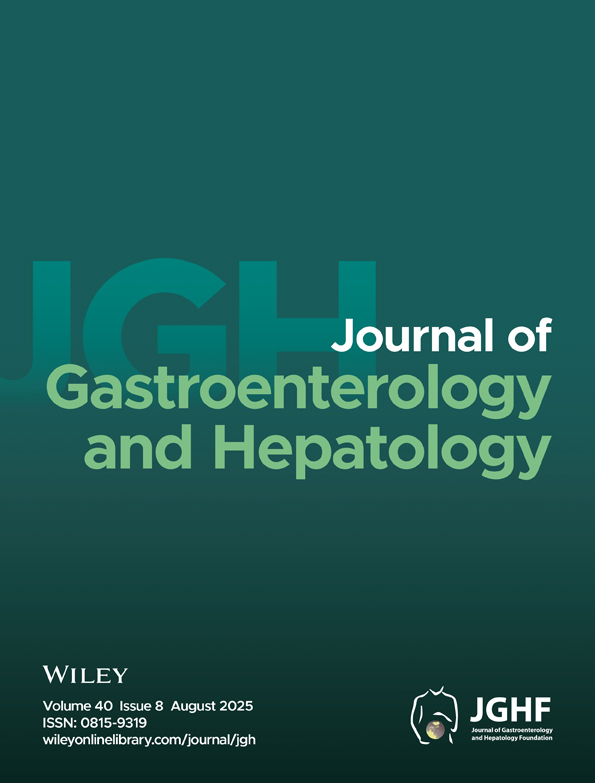Molecular epidemiology of hepatitis A virus in Korea1
1This work was presented in part at the 50th Annual Meeting of the American Association for the Study of Liver Diseases, Dallas, Texas, USA, in November 1999.
Abstract
Background: The prevalence of antibodies for hepatitis A virus (anti-HAV) in adolescents and young adults has decreased remarkably following the economic growth in Korea. As a result, this age group has a high risk for HAV infection paradoxically, and over 1500 cases of clinically overt hepatitis A occurred in 1998. Human isolates of hepatitis A virus (HAV) are categorized within four genotypes (I, II, III, and VII). In some geographic regions, closely related isolates cluster, suggesting endemic spread of the virus, while in other regions multiple genotypes circulate. Virtually no data are available with regard to the genetic relatedness of Korean strains of HAV.
Methods and Results: A 168 base pair segment encompassing the putative VP1/2A junction of the HAV genome was amplified by RT-PCR and sequenced in sera of 18 Korean patients with a sporadic form of acute hepatitis A. Pairwise comparisons of the nucleic acid and amino acid sequences of 18 Korean isolates with one another revealed that the Korean isolates showed > 94.6% and > 96.4% identity, respectively. All of the 18 Korean isolates clustered within genotype IA, irrespective of the geographic locations and the time that hepatitis occurred. Unique amino acid sequence changes that had never been reported in genotype IA were found in nine of the 18 isolates. These changes were Gln→Ser and Lys→Arg in 2A-19 and 2A-10 amino acid positions.
Conclusion: The presence of single genotype and unique mutations may be related with the circulation of endemic HAV over a long period of time in Korea.




